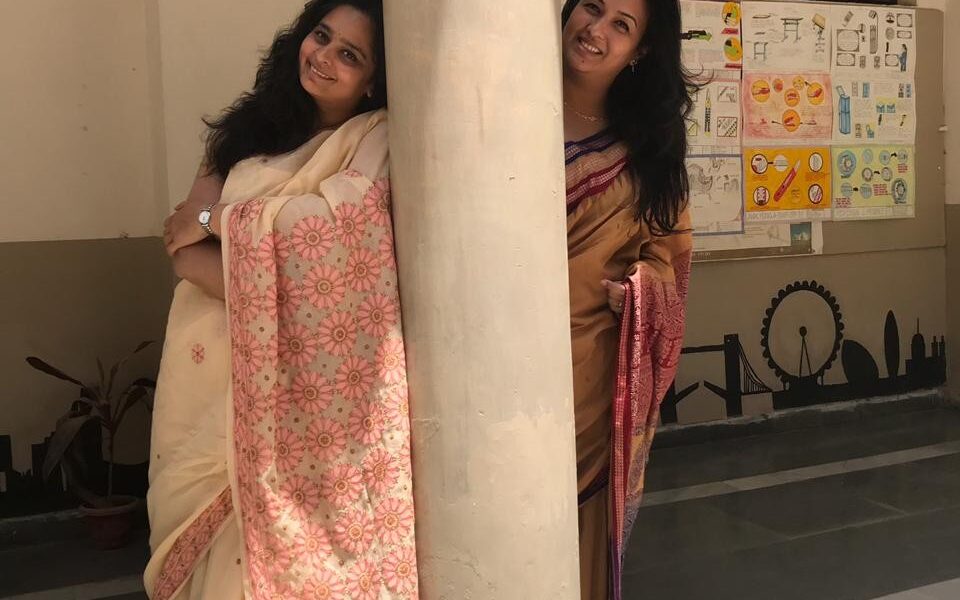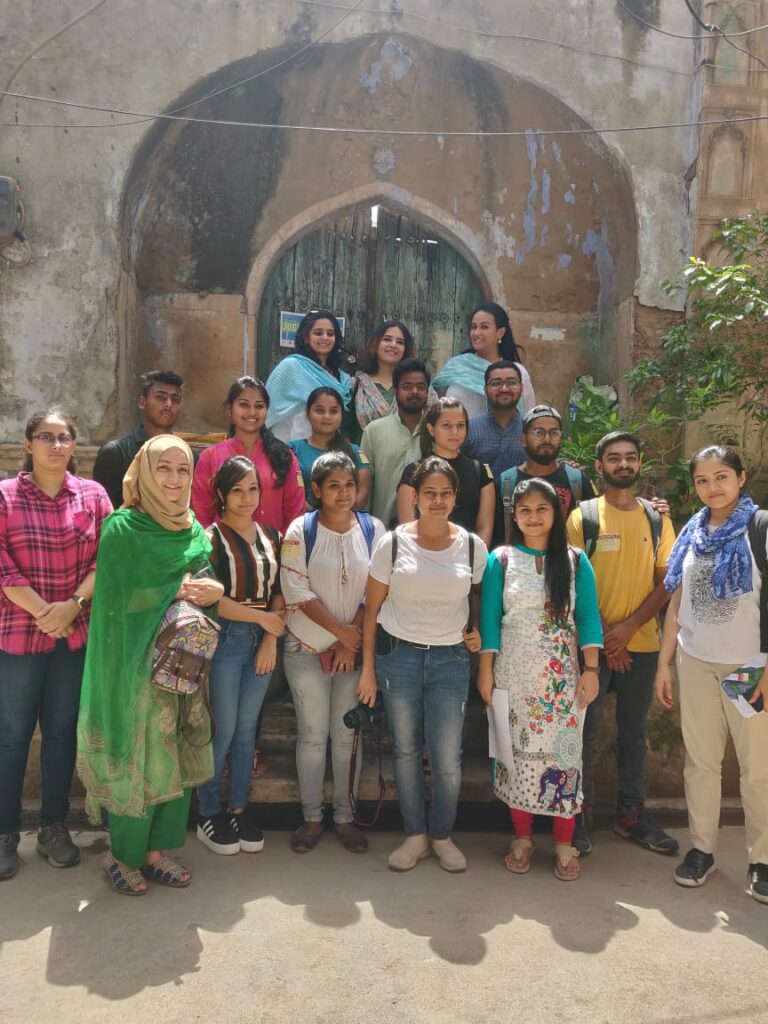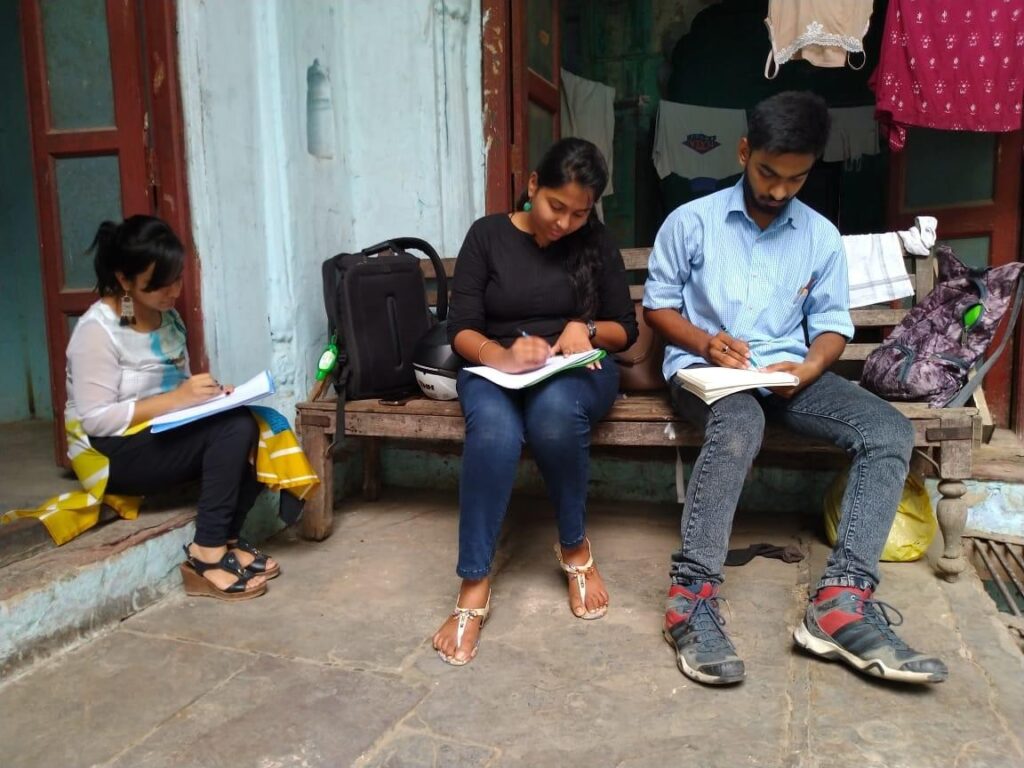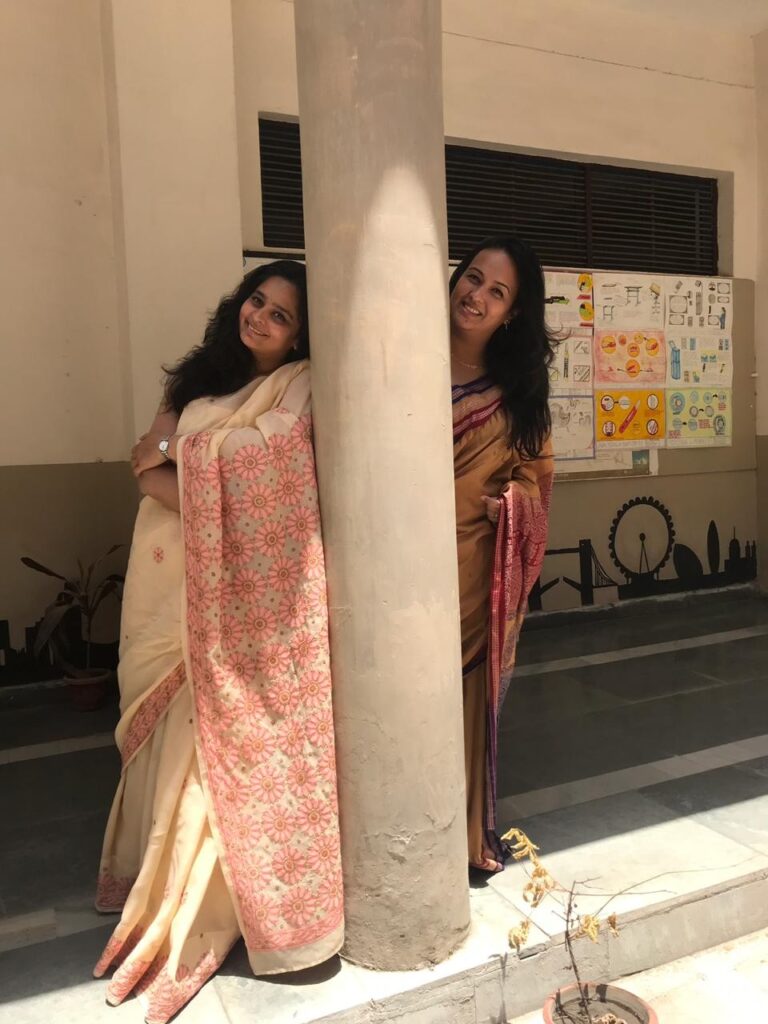
Overcoming Prejudices & Battling Stereotypes
June 28, 2019Jugaadopolis for me is a personal journey and philosophy. It is how to achieve something within limited resources and how to use creativity to find those solutions.
I feel lucky that I grew up in India, because I think culturally we all have imbibed this within us. Conversations I feel are a great thing, they can lead to very beautiful outcomes. In this case, when I was invited by the Reinwardt Academy to Amsterdam this March to speak about my project, we were discussing the idea of Sustainism with Michiel Swartz and Riemmer Knoop, when it struck me that hey we’ve been doing this all our lives except recognizing it as a sustainable way of life.
Today it is fashionable to carry your own cloth bags to shop, but we all have grown up seeing our grandparents and parents do just that, there were designated cloth bags for each type of thing we bought. I grew up seeing my grandmother and my mother, my aunts always wearing sarees, every single day. My older cousins felt that this was regressive and we should not be tying ourselves down to tradition, they experimented with western and indo-western clothing and sarees just sat at the back of their cupboards. Everyday we read reports about how much waste is generated by discarded clothing and how much pressure we are creating on the environment and that is when I remember what my grandmother once told me. A saree is a beautiful thing it lasts you not just for a lifetime but for generations, it can be shared between people, it fits everyone no matter what your size and as you grow and your size changes it adapts! Now isn’t that sustainable and she also said that it makes you look graceful at all ages. Unlike my grandmother while I don’t wear a saree everyday, I do make sure I wear it for all important occasions and it has become a part of my identity too.That was the starting point for Jugaadopolis, a moment in time to help the millennia value what we already have, to have faith and build on vernacular knowledge yet remain globally relevant.
Last weekend, we experimented with Jugaadopolis 2, the primary idea was to help the students explore and experience how life and heritage is intertwined. With 15 students signing up for the workshop titled Connecting Courtyards, we knew we wanted to do something out of the box, something that wasn’t run of the mill, something that was exciting for the 20 something students yet through this exercise they would learn what we wanted to teach them about not just architecture but also design thinking and using new mediums. With a bunch of young mentors these students went on to study 5 havelis over two days and produced an audio-visual narrative of each of their sites through a short film. The films will be uploaded on our new website soon.

I feel really excited when we are able to see much more beyond the surface, when we are able to talk about and share not just technical skills but also life skills. When we are able to help the students get in touch with other aspects of their personalities and not just the academic aspects.

At the feedback session of #Jugaadopolis 2, the students brought out some very insightful and thought provoking ideas having experienced the life in the historic city of Shahjahanabad (Old Delhi).
- Perceptions and presumptions
“We had assumed that the workshop would be about “preservation” of the architectural heritage of the havelis, we would be teaching people how to conserve their houses”
Primarily being students of architecture, the preconceived notion that most students carried to the workshop was that havelis must be preserved as they are beautiful pieces of architecture. The first two days of the workshop were designed to explore the building and neighbourhoods and interact with the residents. Through this exercise and people to people connect, the students came to the realisation that the havelis were more than just good pieces of architecture they were someone’s home. By talking to the people, the students opened their minds, and developed empathetic responses to the owners issues and eventually asked questions about whose heritage was it that preservation advocated? How were the owners supposed to maintain this given they have virtually no support from the Government.
While the students did realize the nuances of the traditional design, planning, vernacular architecture, materials and developed an insight into the social fabric of the old city. I am more happy that they learnt some lessons in empathy, on learning to see the other person’s perspective on working on potential conflicts and trying to resolve them through design skills.
2. Collaborating & working with friends
The methodology adopted for the workshop was such that the groups were formed by a random selection, which gave an opportunity to the participants to explore new team mates, make new friends and find new synergies. At the feedback session, one group was very vocal about the two team mates who had never spoken to each other and were always in competition and how this exercise forced them to work beyond their comfort zone.
We need to learn this skill of exploring beyond our comfort zone not just as students but also as professionals. And when we are able to do that the possibilities of what we can achieve are not only endless but also unimaginable.
And Jugaadopolis was personally that platform for me. I had been discussing with many friends about creating “something” for a while now. Something that allowed us to plug into the existing academic curriculum that gave students the skills that academic curriculum was unable to provide them. Everyone of my friends agreed yes we must but nothing really happened and we all went about our lives completing our professional work and projects while “something” remained on the back burner.
How we co-founded Jugaadopolis out of our comfort zone is a story worth telling. Our coming together to do this was nothing short of shocking for most people. Professionally while I am the domain specialist with heritage conservation and my work has been about restoration, design and education, our co-founder Hinna has worked with different contexts, teaching in Switzerland and working with communities with design thinking and coming up with new innovative methodologies. Having known each other for 18 years, having studied architecture at the same university this would have been an ideal collaboration. We are similar in many ways and diametrically opposite in many others yet I suppose we have a lot in common.

So where was the problem? The problem is that of prejudices, pre-conceived notions and stereotypes given the fact that while she was my friend, she is also married to my ex-husband. While the soap opera version of our relationship expects us to absolutely detest each other and do everything in our power to show the other down, life showed us that there are other possibilities that allowed us to work through our hurt and pain to see things in a new light. It takes two people to resolve a conflict, it takes two people to put their vulnerabilities on the table and a whole lot of courage to trust each other given the baggage we carry. Could it be possible to be empathetic to each others perspectives of the situation and could it be possible to bring our strengths together to do something positive together. Well I guess it is, because working together for Jugaadopolis 2 seemed effortless.
And therefore there is hope, that problems will exist, creative solutions can be found and when they are found, beautiful friendships can develop if and only if we are willing to open our minds and more importantly our hearts.